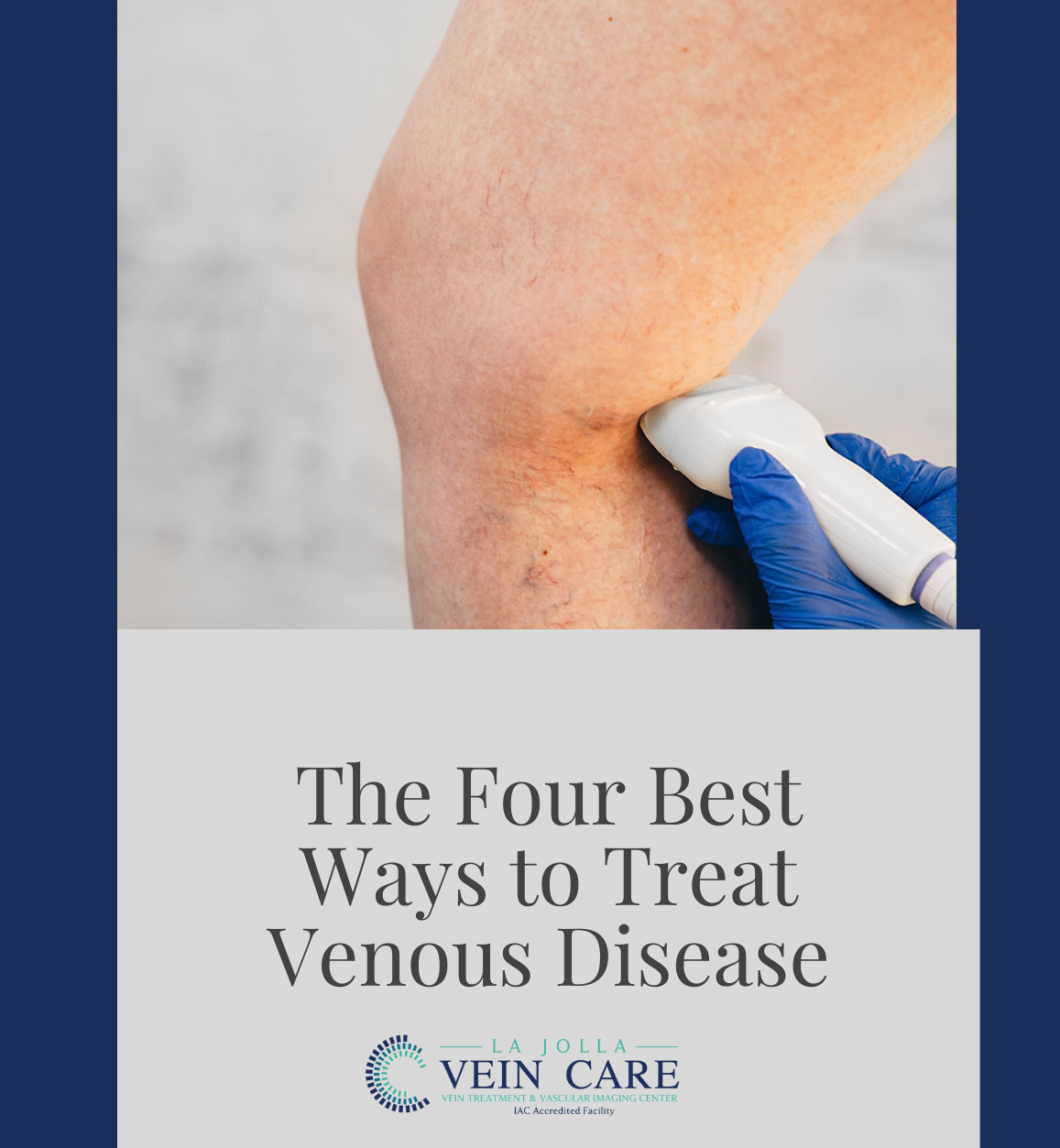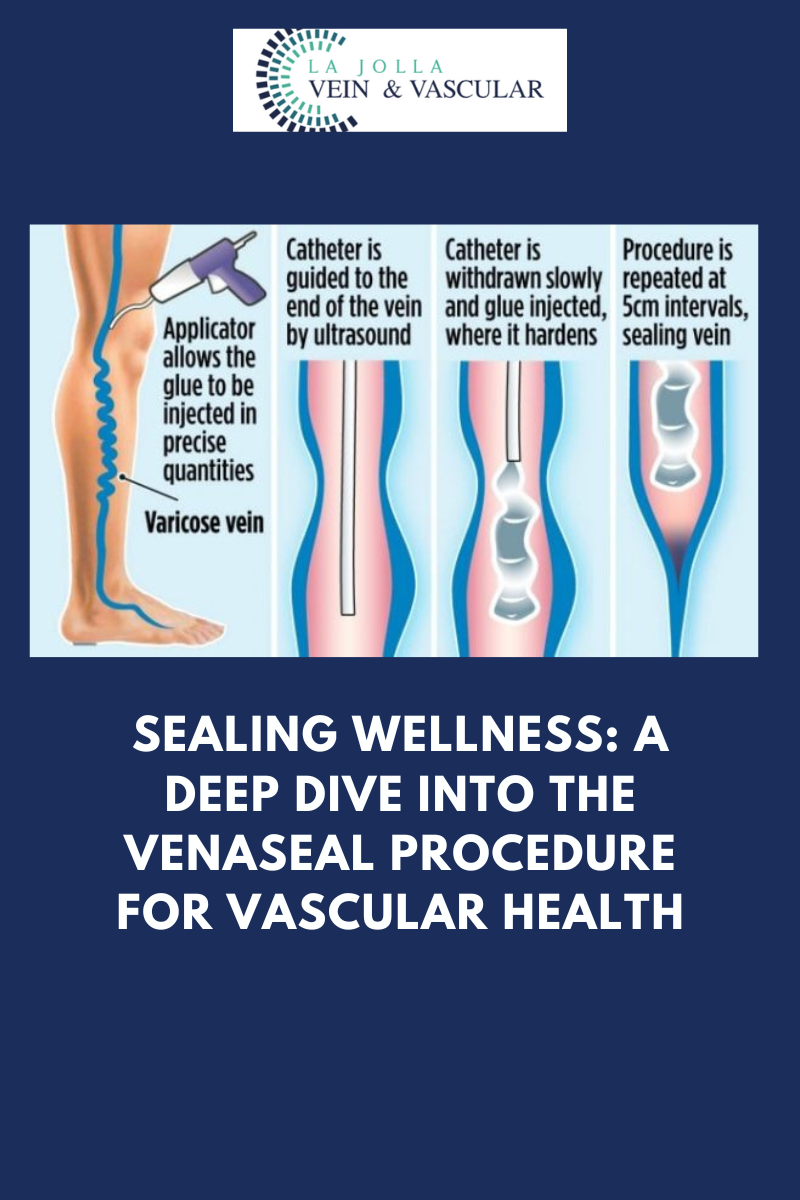The Four Best Ways to Treat Venous Disease

Symptoms to look for in venous disease:
La Jolla Vein Care offers various ways for venous disease treatment. While there are numerous excellent ways to treat venous disease, we have named four of our favorite ways to treat it. What is venous disease and how does it happen? Venous disease occurs when backwards flow (or “reflux”) is present in the superficial veins of the legs. This can cause pain, fatigue, itching, swelling, and varicose veins, which can lead to venous disease. Night-time symptoms include leg cramps and restless legs. Advanced disease can produce skin damage and wounds that do not heal.
At La Jolla Vein Care, an ultrasound is used to identify the source of backwards flow in the veins and develop a personalized treatment plan.
The best symptomatic and cosmetic results are achieved when superficial vein reflux is treated from its source, starting with the main superficial veins of the legs and leaving the skin-level (cosmetic) treatment for last.
Each specific treatment plan depends on the patient’s goals. Some patients are only concerned about symptomatic improvement and avoiding complications of long term venous reflux disease. Others may be interested in cosmetic improvement. In either case, we can generally achieve an 80% improvement in symptoms and appearance of the legs. Many patients also report improvement in swelling after venous disease treatment.
Venous Disease Treatment: Saphenous Vein Reflux with a Catheter Ablation Procedure
The great and small saphenous travel down the inner leg and back of the leg, respectively. These veins tend to be straight and far from skin and nerves, which allows us to treat them with minimally invasive catheter procedures that are potent and precise. A catheter is a very thin tube that is inserted into the vein, similar to an IV, through which the doctor can apply heat, a rotating wire, and or medication. All modalities are about 95% effective in closing the diseased vein. None require a skin incision, so they do not leave a scar.
Venous Disease Treatment: Branch Vein Reflux
Ultrasound-guided foam sclerotherapy is the most common treatment for branches of the saphenous veins and portions of the saphenous veins which cannot be treated with a catheter procedure (e.g. if they are too close to skin or nerves). The veins are localized with ultrasound, then the medication is given through a tiny needle. Several treatments may be needed, as we can only administer a small amount of foam per day. Large or resistant veins may require more than one injection. For very large bulging varicose veins through tiny skin incisions. This allows many veins to be treated in one day.
Venous Disease Treatment: Spider Veins with Cosmetic Sclerotherapy
Following treatment of the “underlying reflux” with the ultrasound-guided procedures, you may still have some prominent veins at the skin level. These can be treated with cosmetic sclerotherapy.
Venous Disease Treatment: Compression of Stockings
Prior to approval of treatments for vein disease, insurers require patients to try compression stockings. Medicare requires a 3-month trial of compression supervised by the treating physician. We recommend patients should wear the 20-30 mmHg thigh-high stockings for at least a day before treatment to confirm they fit.





